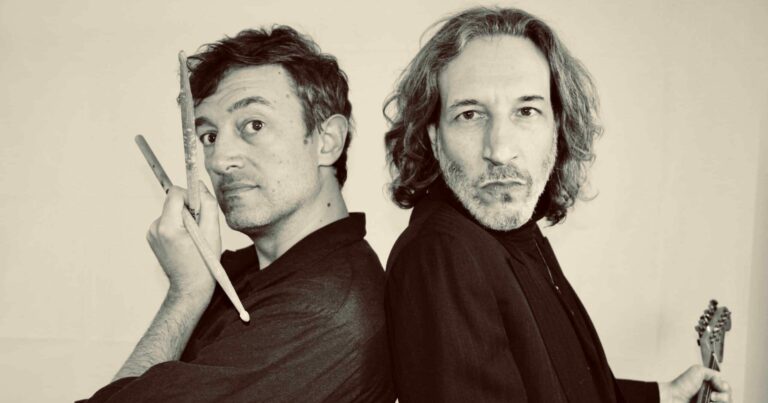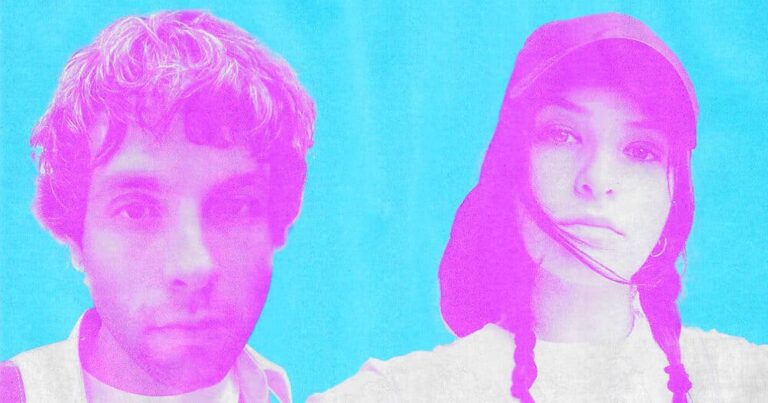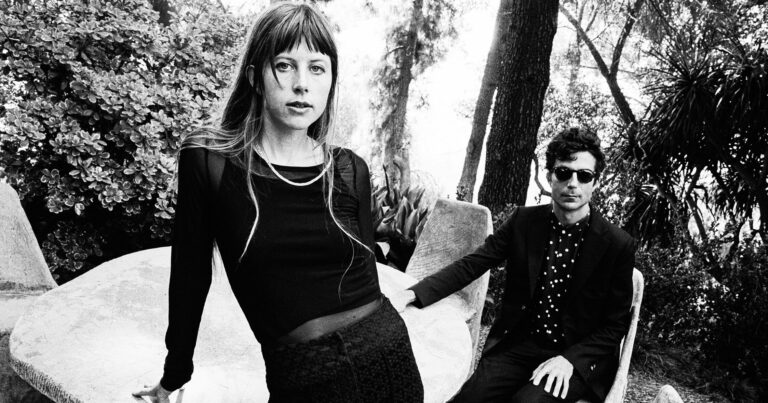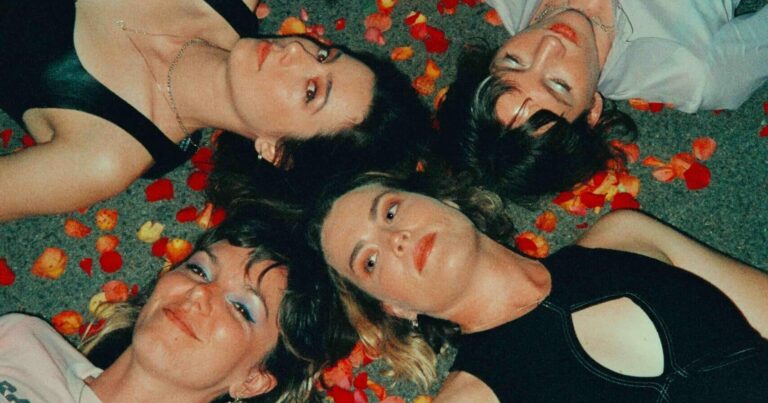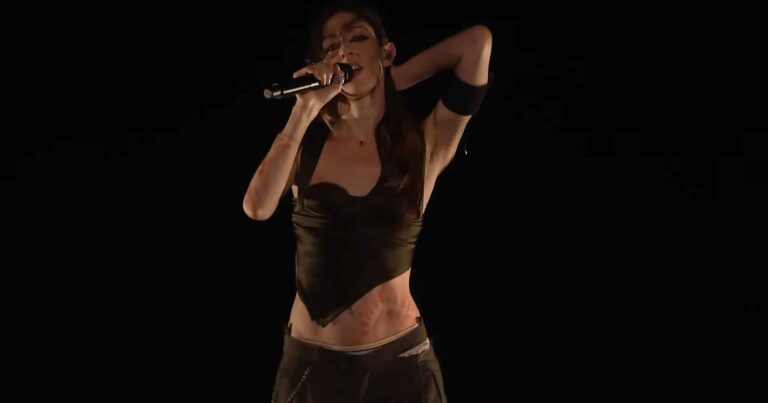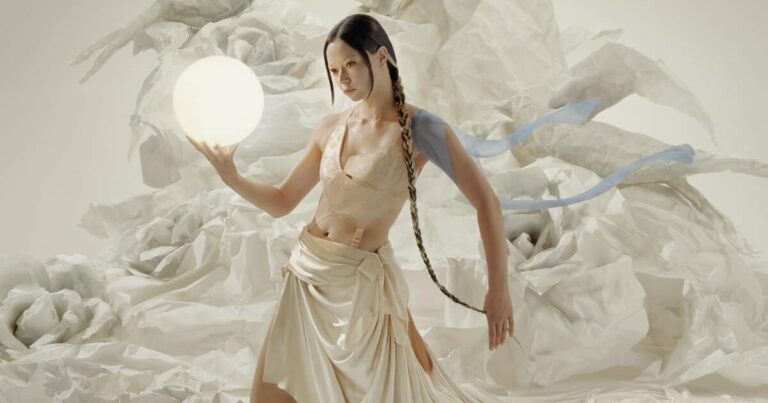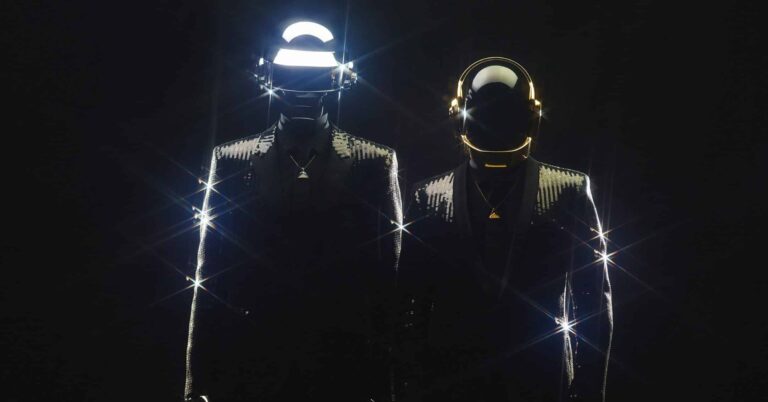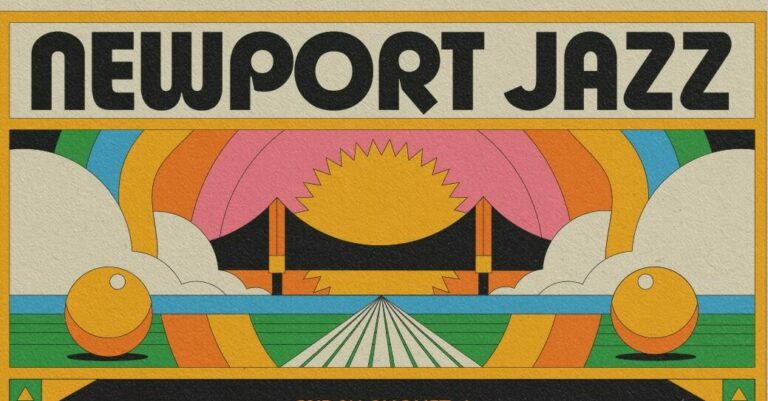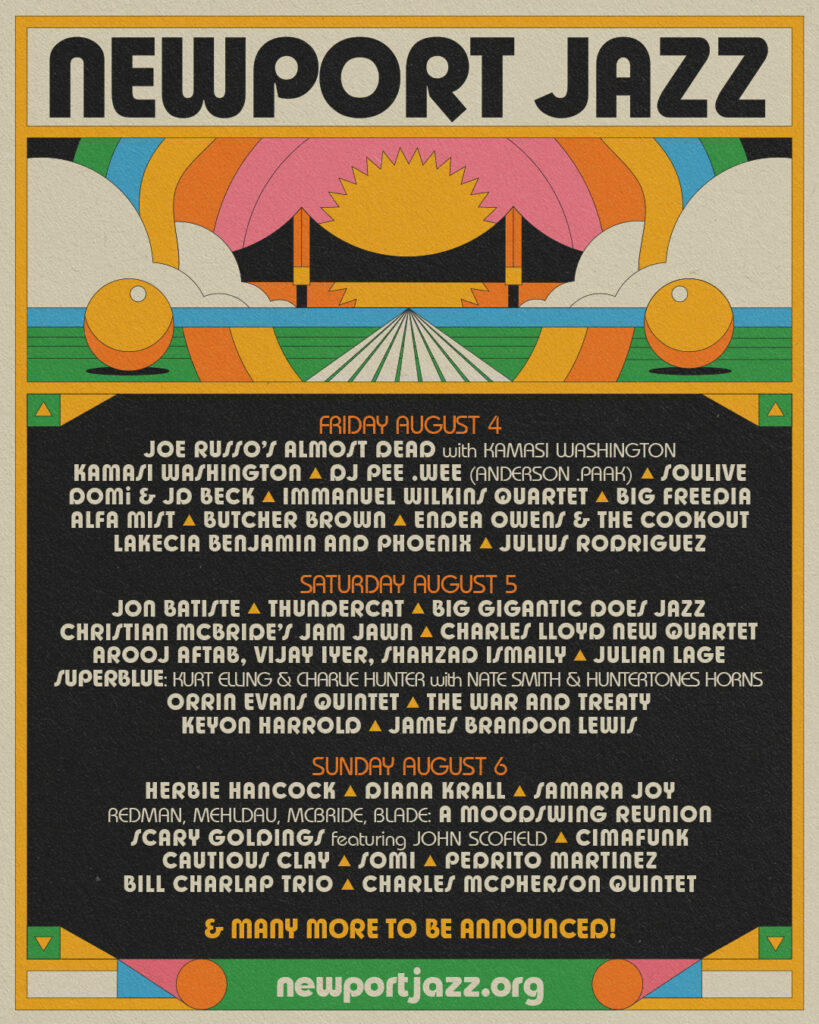Tanlines have shared the new single ‘Burns Effect’, which is taken from their first new LP in eight years, The Big Mess. Check it out via the accompanying video below.
“This song is deep and dark and dangerous, but in a fun way,” the duo’s Eric Emm explained in a statement. “It’s one of the more personal tracks on the album where this ungrounded part of my personality surfaces as an over-the-top, almost ironic character. In the video, I’m channeling a lounge lizard version of the Thom Yorke dancing video and the bad-boy persona of an MTV-era late-career rocker, oozing machismo in a classic dark and humorous Tanlines way.”
Burns Effect is set to arrive May 19 on Merge. It was led by the single ‘Outer Banks’.
